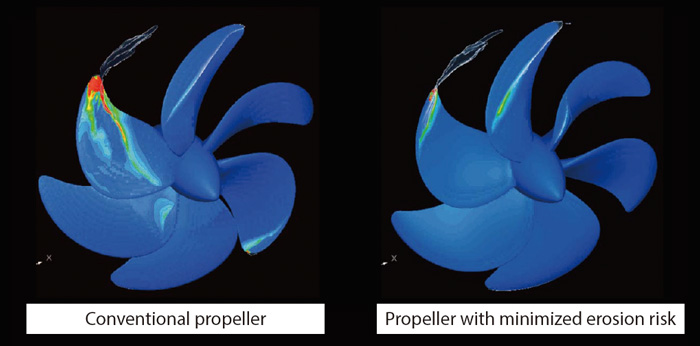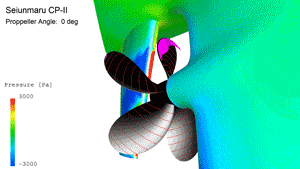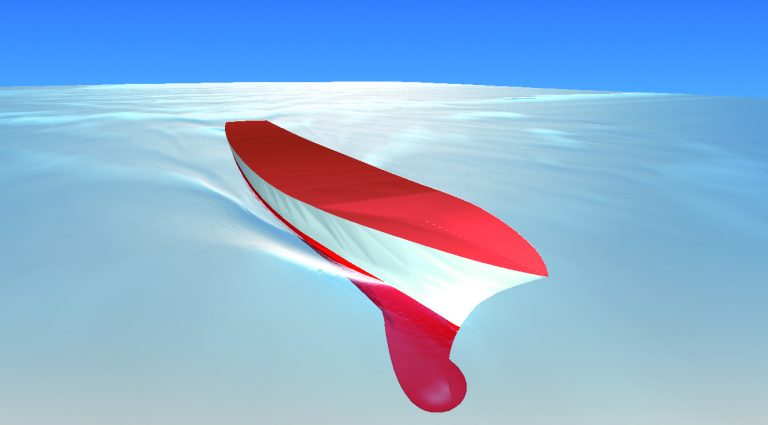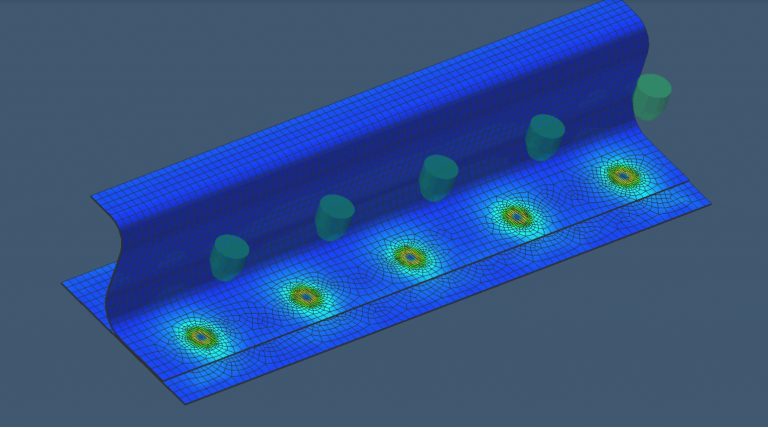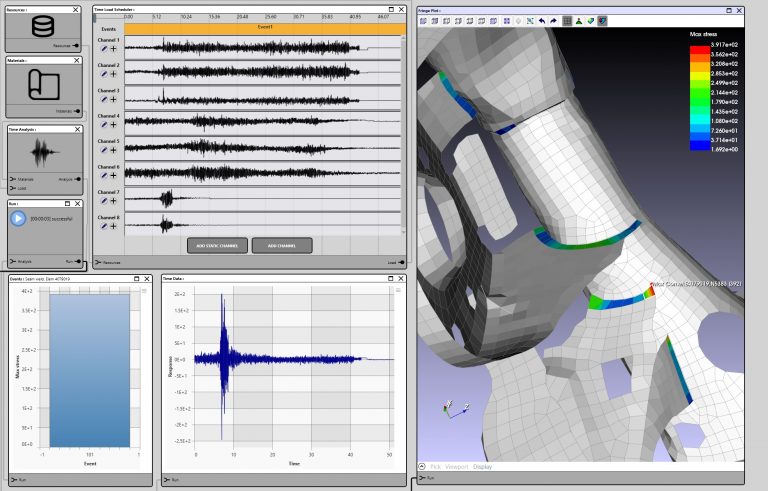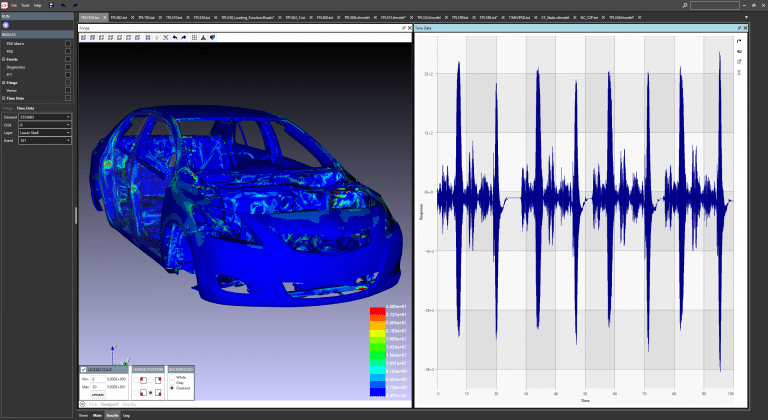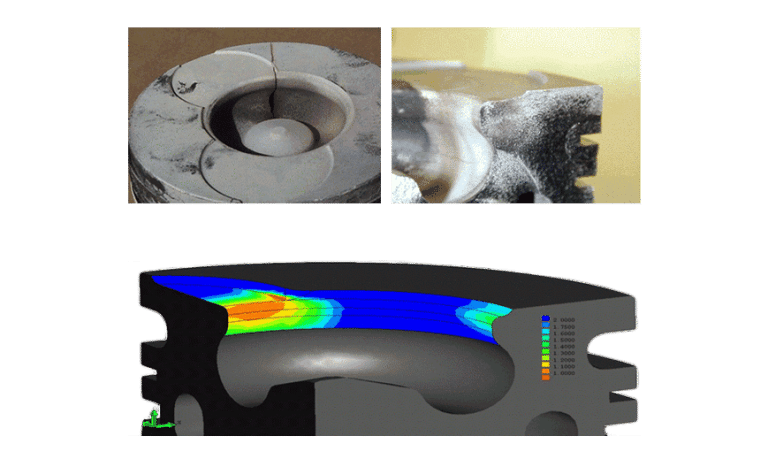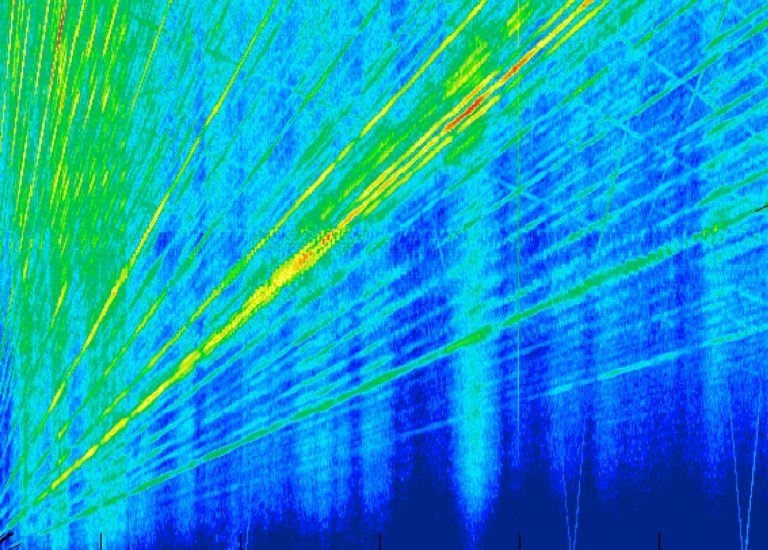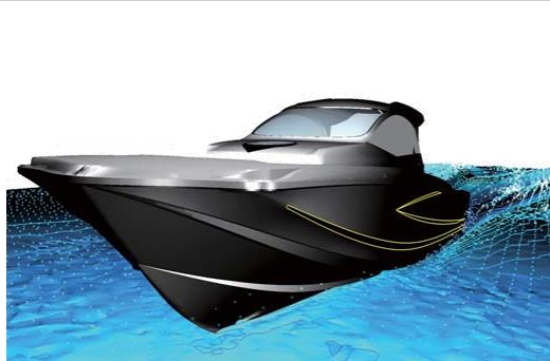Floating, Fixed & Gravity-Based Structures Design Including Hydrodynamics & Aerodynamics Effects
FEA & CFD Based Simulation Design Analysis Virtual prototyping MultiObjective Optimization
Using FEA and CFD software for innovation, flexibility and efficiency in marine and offshore structural engineering for oil & gas production structures, fixed offshore wind turbine support structures, ships and floating offshore structures, our engineers can give you the optimal basis for critical engineering decisions during the entire lifecycle of your asset, be it a topside, jacket, jack-up, mooring system, dynamic stability of floating structures, risers or offshore wind turbine support structure. We Use CFD tools such as MSC Cradle, Ansys Fluent, Siemens Star-ccm+ and FEA Tools such as Abaqus, MSC Nastran and LS-DYNA with combination of very experienced engineers to help our customers.
Assessing wave impact loads on ships and offshore structures and superstructures
Wave impacts are among the most extreme loads occurring on ships and offshore structures. Even if extreme loads are taken into account for design rules, understanding non-linear impacts and computing water on deck or on superstructures remains a major design issue. Bow shapes and design, deck layout including deflectors must also be taken into account to protect equipment and ensure the safety of the crew. Transient behavior of structure investigated by using combination of FEA and CFD tools including Hydrodynamics and Aerodynamics effects.
Market leading software: MSC Cradle , Ansys Fluent, Siemens Star-ccm+, Abaqus, Nastran and LS-DYNA for fixed structures hydrostatic, hydrodynamic and stress evaluation:
- Concept modelling for design optimization in offshore structural engineering
- Non-linear soil-pile structure and Fluid-structure interaction analysis with Coupling of best in class FEA and CFD softwares
- Static and dynamic structural analysis incorporating environmental load calculation (wind, waves, current: Hydrodynamics and Aerodynamics effects)
- Wide range of analyses within offshore and marine structural engineering: load-out, transportation, launching, installation, in-place analysis, code checking, fatigue, earthquake, progressive collapse, accidents, explosions
- Buckling analysis
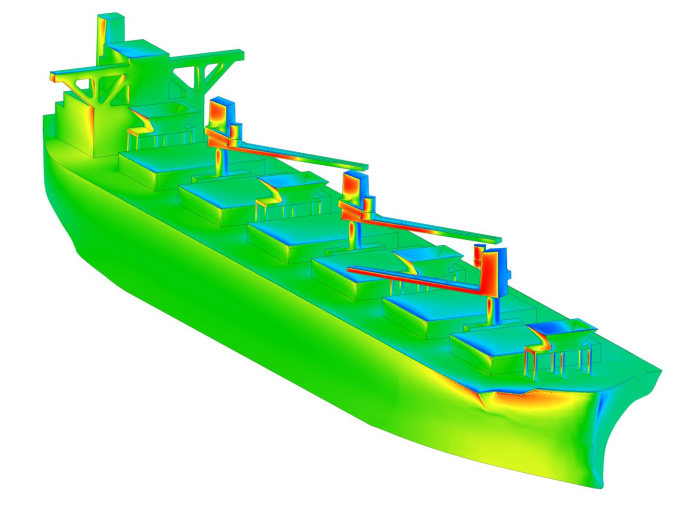
Coupled CFD and FEA Simulation of ships and floating offshore structures(hydrostatic and hydrodynamic evaluation):
Enteknograte engineering team with use the market-leading software for hydrostatic, hydrodynamic and strength analyses of ships and floating offshore structures to help customers working with floating structure design and modification efficiently produce high quality hydrodynamic analyses to give an accurate prediction of resulting deformations and stresses.
- Coupled FEA-CFD based simulation of floating structures, including barges, FPSOs, semi-submersibles, TLPs, spar buoys and gravity-based structures.
- Radiation/diffraction BEM Based software combined with FEM (finite element method)
- Floating wind turbine Simulation and analysis.
- Hydrodynamic motion analysis in frequency and time domain
- Inclusion of mooring and risers in design and optimization of motion characteristics
- Intact and damaged stability analysis
- Static and dynamic structural analysis in frequency and time domains
- Ultimate Limit State (ULS) Code checks for beams and stiffened plate/shell
- Fatigue analysis for different component of floating structure

WE WORK WITH YOU
We pride ourselves on empowering each client to overcome the challenges of their most demanding projects.
Enteknograte offers a Virtual Engineering approach with FEA tools such as MSC Softwrae(Simufact, Digimat, Nastran, MSC APEX, Actran Acoustic solver), ABAQUS, Ansys, and LS-Dyna, and CFD codes such as MSC Cradle, Ansys Fluent, Siemens StarCCM+ , special purpose software such as Maxsurf and “AVEVA Marine” in Boat, Yacht, Marine and Shipbuilding Industry, encompassing the accurate prediction of in-service loads, the performance evaluation, and the integrity assessment including the influence of manufacturing the components.

Hydrodynamics & HydroAcoustics simulation for AIV (Acoustic Induced Vibration)
Ship Stability & Safety Analysis Including Hydrodynamics & Aerodynamics Effects
Cavitation in Propulsion Systems
Hydrodynamic Performance of Ship Hull: CFD Based Design
Hydrodynamics CFD simulation, Coupled with FEA for FSI Analysis of Marine and offshore structures
Multi-Phase Flows CFD Analysis
Hydropower, Solar Power and Biomass
Structural Dynamics Integrity & Vibro-Acoustics Simulation for Marine & Shipbuilding Industry
Hydroplaning (Aquaplaning) Simulation
Turbine, Pump & Compressor (Axial or Centrifugal)
NVH based Design and Considerations for Marine and Shipbuilding Industry including Ship, Boat, Yacht, Vessels and offshore structures
The challenge for the NVH specialists is to support the concept and design development process by reliable recommendations just-in-time prior concept or design freeze. Enteknograte’s specialists particularly use advanced methodologies for NVH simulation and optimization for Marine and Shipbuilding Industry:
- FEA based Ship, Boat, Yacht, Vessels Powertrain
- Structural Optimization
- Optimization of Ship, Boat, Yacht, Vessels Engine Dynamics based on MBD ( Multi-Body Dynamics Simulation)
- Concurrent optimization of combustion efficiency with NVH considerations for Vessels
- Ship, Boat, Yacht, Vessels and offshore structures Interior Noise Simulation based on measurement and CAE
- Ship, Boat, Yacht, Vessels and offshore structures Exterior Noise Simulation with couple use of CFD and FEA solvers
- Objective Analysis of Sound Quality
Integrated Artificial Intelligence (AI) & Machine Learning - Deep Learning with CFD & FEA Simulation
Finite Element Analysis of Durability and Fatigue Life
Acoustics and Vibration
Aerodynamics Simulation: Coupling CFD with MBD, FEA and 1D-System Simulation

